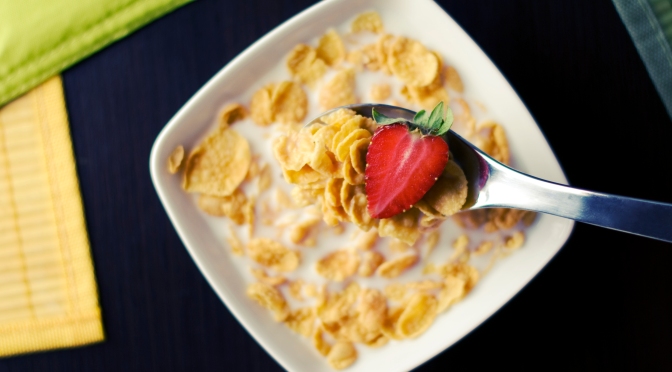Glycemic index is a measure of the extent of glucose spike in the blood after eating a particular food.
People often confuse it with glycemic load, which is otherwise the extent of glucose load on the body. The extent to which body is burdened to use up (or store away) all the energy (sugar) from the food.
GI ranges:
Low GI foods – less than or equal to 55.
Medium GI foods – 56 to 69.
High GI foods – 70 and above.
In this article we shall understand best health choices so the diet we eat is low glycemic. While choices are one thing, portion control is another. This is where glycemic load comes totally into the picture.
Glycemic load is a factor that is dependent on glycemic index and the amount of food you eat.
Formula to Calculate Glycemic load of Various Foods
GL = GI/100 × g of carbs in a given amount of food1,2
A GL of 10 or below is considered low
A GL of 20 or above is considered high
Example: 32 gram Brown rice3,4
GL = 50 × 32/100
Hence, GL of 32g brown rice = 16.
GL ranges:
Low GL foods – 10 or less.
Medium GL foods – 11 to 19.
High GL foods – 20 or more.
Here are a few quick tips so you choose to work around what to pick and how much to pick so glucose load on your body post meal is easily managed.
- Choose non-starchy vegetables, beans and fruits. This reduces your carb intake without compromising on the healthy fiber, nutrients and protein.
- Enjoy cereals and grains in least processed form. Excessive cooking softens and breaks down the carbs in the food. Thereby, you increase glycemic load with overcooking.
- Whole grains are better option as against refined grains or potatoes. Avoid white bread, refined flour (maida) based foods such as pasta, lasagna, pizza as they are processed, refined food products. They offer very little fiber with high sugars.
- Choose sprouted lentils and lentil based snacks such as khakra, salads. They are better snack substitutes versus maida based biscuits and cookies.
- Restrict heavy sweets, ice creams only for occasional moments. Never mix a dessert or sweet with a meal (2+ away from meals).
- Pick healthy fats such as fish, seafood, skinless chicken, walnuts, almonds and avocados. They offer good amounts of protein alongside.
References
- Augustin L, Kendall C, Jenkins D Et al. Glycemic index, glycemic load and glycemic response: an International Scientific Consensus Summit from the International Carbohydrate Quality Consortium (ICQC). Nutr Metab Cardiovas Dis. 2015;25(9):795-815.
- Barclay AW, Brand-Miller JC, Wolever TMS. Glycemic index, glycemic load, and glycemic response are not the same. Diabetes Care. 2005 Jul;28(7):1839-40.
- Atkinson FS, Foster-Powell K, Brand-Miller JC. International Tables of Glycaemic Index and Glycaemic Load Values: 2008. Diabetes Care. 2008;31(12):2281-83.
- Oregon State University. Glycemic index and glycemic load for 100+ food. Oregon, USA: Oregon State University Extension; 2016.





One thought on “How to plan a low glycemic response diet?”